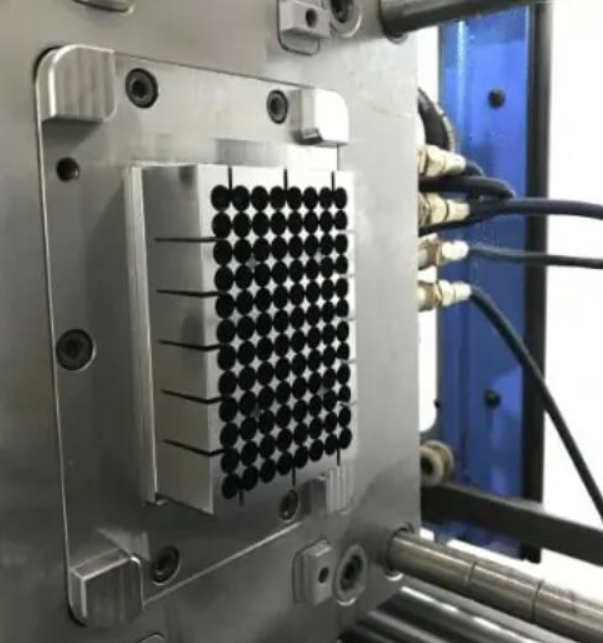how to make a plastic injection mold
Plastic injection molding is a widely used manufacturing process that has been around for many years. It involves the creation of precise, high-quality plastic parts by injecting melted plastic material into a mold. In this article, we will guide you through the process of making a plastic injection mold.
Step 1: Design the Mold

The first step in making a plastic injection mold is to design the mold. The mold designer must consider the shape, size, and complexity of the final product. They must also consider the type of plastic material being used, as well as the injection molding machine that will be used to produce the parts. The mold designer will use computer-aided design (CAD) software to create a 3D model of the mold.
Step 2: Create the Mold Base
Once the mold design is complete, the mold base is created. The mold base is the foundation of the mold and is usually made of either steel or aluminum. The mold base is machined to the exact specifications of the mold design.
Step 3: Create the Mold Cavity
The mold cavity is the part of the mold that creates the final product. The mold cavity is typically made of steel or aluminum and is created using a process called EDM (electrical discharge machining). EDM is a process that uses electrical sparks to erode the metal material and create the mold cavity.
Step 4: Create the Mold Core
The mold core is the part of the mold that creates the internal features of the final product. The mold core is typically made of steel or aluminum and is also created using EDM. The mold core is placed inside the mold cavity and is used to create the internal features of the final product.
Step 5: Assemble the Mold
Once the mold cavity and mold core are complete, they are assembled into the mold base. The mold is then tested to ensure that it is working properly. This involves injecting plastic material into the mold and observing the final product for any defects.
Step 6: Test and Refine the Mold
After the mold has been assembled, it is tested and refined to ensure that it is producing high-quality parts. This involves adjusting the temperature and pressure settings of the injection molding machine, as well as making any necessary modifications to the mold itself.
Step 7: Produce the Final Product
Once the mold has been tested and refined, it is ready for production. The plastic material is melted and injected into the mold, where it cools and solidifies to create the final product. The mold is opened, and the finished product is removed.
In conclusion, making a plastic injection mold is a complex process that requires careful planning and attention to detail. By following the steps outlined in this article, you can create a high-quality mold that will produce consistent, precise plastic parts.
-
Aerospace Molding Parts manufacture: Precision and Reliability for High-Performance Applications
2023-5-14
Aerospace molding parts are crucial components that are used in the design and manufacture of high-performance aircraft....
詳細を見る -
China Precision Injection Molded Parts
2023-5-22
Precision injection molded parts are a vital component in many industries, ranging from automotive and medical to consum...
詳細を見る -
Plastic Injection Molding Machine: The Ultimate Solution for Precise and Efficient Manufacturing
2023-4-27
Plastic injection molding is a widely used manufacturing process in which molten plastic is injected into a mold cavity ...
詳細を見る -
Industrial Molding Parts: Enhancing Manufacturing Efficiency and Product Quality
2023-5-17
Introduction The process of molding is an essential component of industrial manufacturing. It involves converting raw ma...
詳細を見る -
Medical injection molds: precision tools for shaping medical health
2024-12-26
In today's rapidly changing medical technology, medical injection molds, as the core tools in medical device manufacturi...
詳細を見る -
カスタマイズされたプラスチック射出成形機は、ビジネスに多くのメリットをもたらします
2022-9-30
適切なカスタム プラスチック射出成形機を選択するプロセスは困難に思えるかもしれませんが、少しのガイダンスがあれば...
詳細を見る







